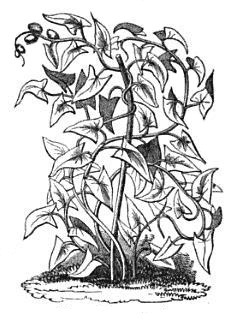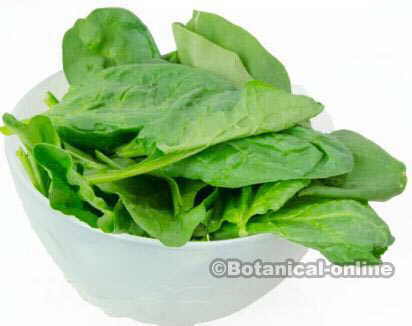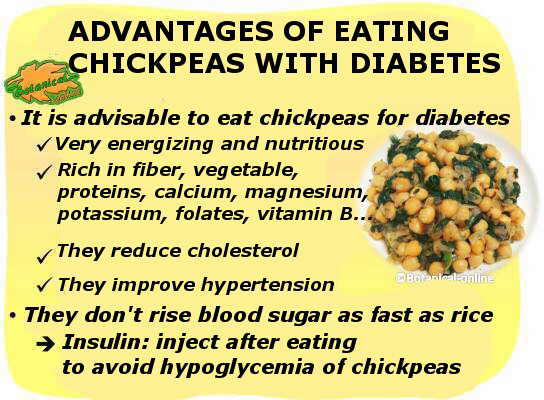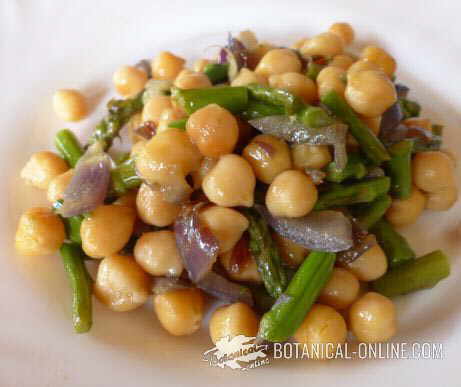Contents
- 1 Recipes to get the benefits of resistant starch
- 1.1 How to obtain resistant starch
- 1.2 What exactly is starch retrogradation?
- 1.3 Explanation of the starch cooking and retrogradation process
- 1.4 Step by step: Starch cooking process
- 1.5 Gelatinization of starch
- 1.6 Starch crystallization
- 1.7 Why are resistant starches considered so good?
- 1.8 How to consume food to take advantage of these properties?
- 1.9 Does reheating remove retrograde starches?
Recipes to get the benefits of resistant starch
Resistant starch (also called retrograde starch) consists of a type of fiber, non-digestible starch, with a high fermentative capacity. It is achieved very easily: just by cooking and cooling foods rich in carbohydrates, such as potatoes, rice or pasta.
Its main advantage is that it has a prebiotic effect and that it lowers the glycemic index of food, which has repercussions for benefits for the intestinal flora and better control of diabetes and obesity.
How to obtain resistant starch
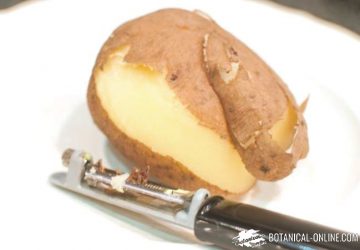
In short, this takes place when a cooked complex carbohydrate food, such as rice, is refrigerated. The starch contained in the grains (in the endosperm) goes through a crystallization process when subjected to temperatures of 5ºC (refrigerator), which results in the formation of resistant starch.
After 4 hours of refrigeration, most starches end up transforming into what we call resistant or retrograde starches. These starches are not a substrate for intestinal enzymes and act like a fiber.
In other words, resistant starches cannot be digested, do not provide energy, and are a highly fermentable type of fiber for intestinal bacteria, which improves digestive health (prebiotic effect) and helps maintain a healthy intestinal flora.
These fermentative products, in addition to being good for the proliferation of healthy intestinal bacteria, can be absorbed and are very beneficial for the organism and for the intestinal flora (microbiota).
What exactly is starch retrogradation?
For the most studious in the field, below there is a graphic, schematic and illustrative example of how resistant starch is formed.
Look at the drawings: for digestive enzymes to penetrate and break starch chains, these chains must be “free,” with space in between. Only cooked starch, called “gelatinized starch” can be digested:
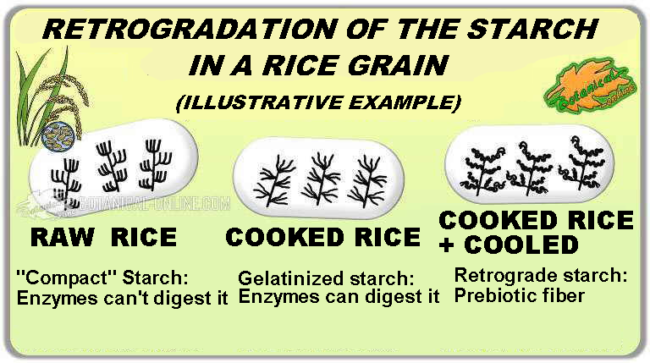
Explanation of the starch cooking and retrogradation process
- First, there is the raw grain with the compact starch (formed mainly by amylose). Being such compact chains, digestive enzymes cannot break them, nor can the intestinal flora ferment it. In addition, it is protected by cell walls that prevent its digestion.
- When the rice is boiled, the starch hydrates and turns into amylopectin (gelatinization of the starch).
- When this previously cooked grain is refrigerated (less than 5ºC), its starches fold again in a different way, becoming resistant or retrograde starches: these are the ones that have a prebiotic effect since they are a highly fermentable fiber for intestinal flora. This process is known as retrogradation of starch.
Step by step: Starch cooking process
Resistant starch is obtained by cooking and cooling the starch, a process called starch retrogradation.
Gelatinization of starch
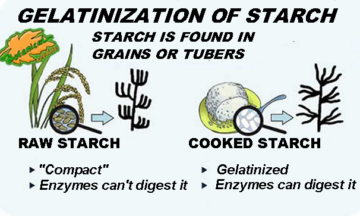
During boiling, the starches hydrate and become digestible, which is what is called the gelatinization process of the starch.
To understand this process in greater depth, we must explain that starch is made up of amylose units. During cooking, amylose absorbs water and swells, transforming into amylopectin, which is more gelatinous (gelatinization process).
This step is what turns a raw, hard rice grain into a cooked, white rice. It is also the difference between a pasta al dente, or an overcooked pasta.
Starch crystallization
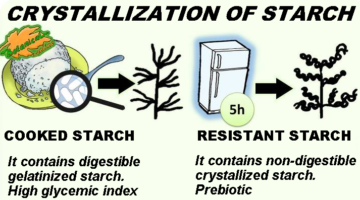
When cooked rice is refrigerated (or another food rich in cooked starches), that is, at a temperature below 5ºC, these gelatinized starches fold in a different way due to the action of cold (starch crystallization process).
After about 4-5 hours of refrigeration, most of the starches in the food end up transforming into what we call retrograde or resistive starches.
Why are resistant starches considered so good?
Resistant starches cannot be digested because they are not a substrate for intestinal enzymes and act like a fiber:
- They do not provide energy (they cannot be digested), and therefore it is a way of reducing the calories provided by potatoes, rice or pasta.
- They lower the glycemic index of meals, by preventing part of the carbohydrates from being assimilated.
- They are a highly fermentable type of fiber for intestinal bacteria, which improves digestive health (prebiotic effect) and helps regenerate intestinal flora.
How to consume food to take advantage of these properties?
The prebiotic effect of starches occurs in cold recipes, such as rice, potato, or pasta salads.
Does reheating remove retrograde starches?
In general, it is known that if food is reheated to more than 100 ° C, some of the resistive starches formed may regelatinize. However, there will still be plenty of resistant starch in that food.
For this reason it is said that the next day’s food could be more beneficial for intestinal health.
![]() More information on resistant starch and carbohydrates
More information on resistant starch and carbohydrates
17 March, 2020

